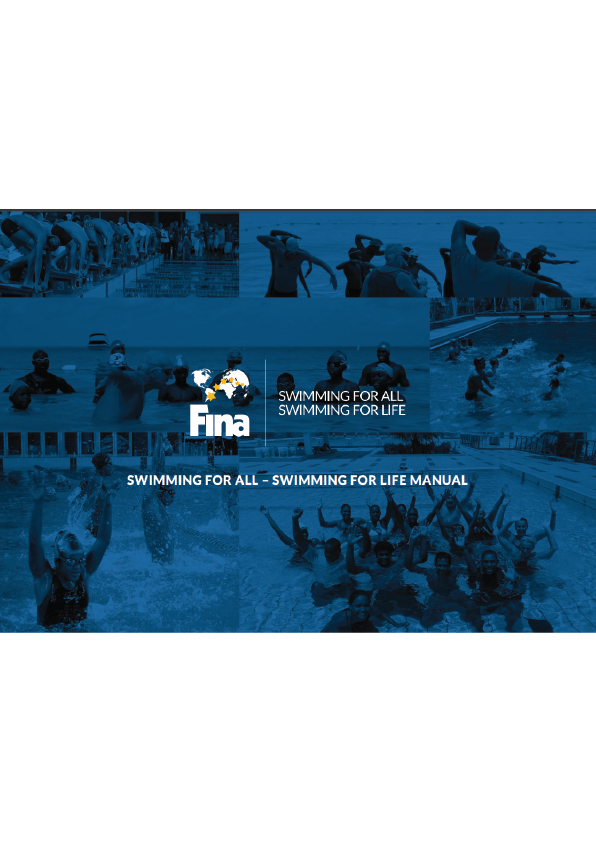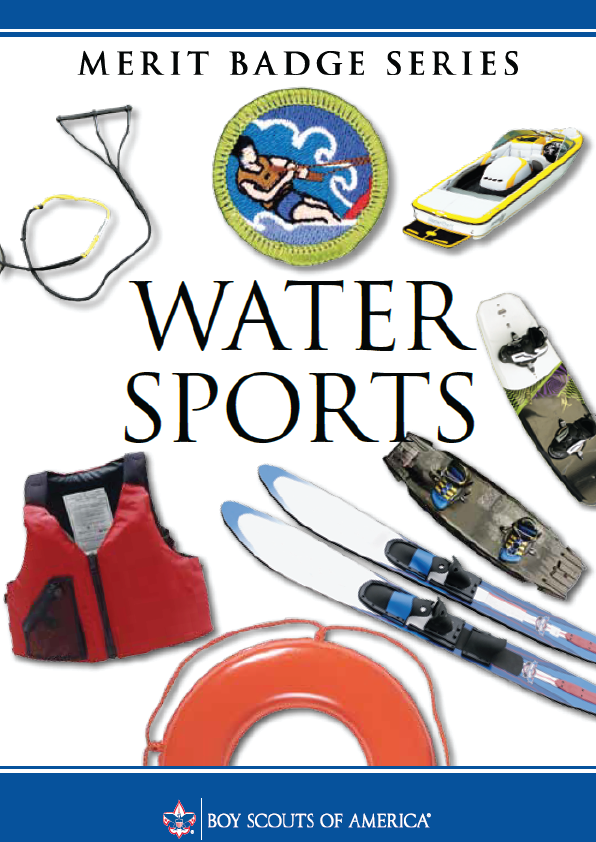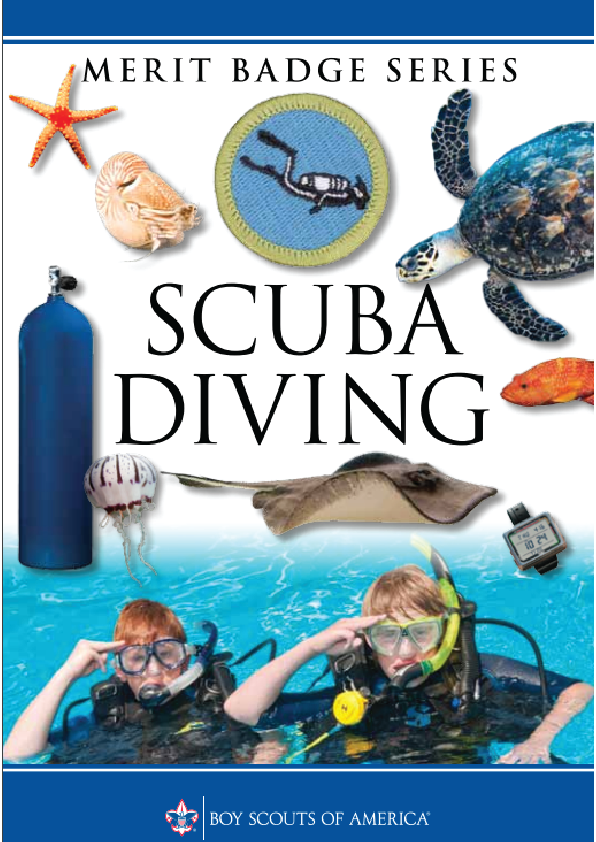Learning to swim is more difficult and more complicated when a person is affected by fear. This stage of adaptation is designed specifically to establish, through a combination of support, teaching and methodology, a step-by-step approach for the student, to bring them gradually to a level at which they positively embrace an unfamiliar medium, water. This approach should be basic, allowing the student to enjoy being in the water, with the security provided by the teacher and swimming aids, and with a gradual escalation of activities in terms of difficulty.
WHAT IS POSTURAL RETRAINING?
We all (as bipedal creatures) base our stability parameters, both static and dynamic, on spatial physical references. We have an in front, a behind, two sides, an above and a below. With these coordinates we move in the world.
Our brain registers these conditioning data for most motor actions we perform in our daily lives. However, these data are useless when the body changes position and lies in the water. What was above is now behind, what was below is now in front, and so on, always with reference the original framework of bipedalism.
Naturally, when the body changes position and lies in the water, this, together with the lack of a solid support, causes all the data gained from the experience of life to be blocked, leading to tension in the body, doubts and awkwardness in movements, and sometimes fear or despair.
We therefore need to create a new database, which will assist the brain in progressively interpreting the new position the person takes in water. You only have to watch the difficulty experienced by a person when he lies the water for the first time, and the resistance he puts up both voluntarily and involuntarily to doing so, automatically raising his head and losing his sense of horizontality. The same happens when a person dives into water, and raises his head to face forwards, resulting in a horizontal position as he falls and a sharp slap: the classic “belly flop”. What makes him do this? Quite simply, he is seeking his historical horizon – his “in front” – thereby generating undesirable positions for natural floatation. It is therefore essential to gradually get used to the new position, what we call postural retraining.
Another issue to consider for special cases is putting the head in the water. It is suggested that you do not verbally urge or induce the student to do this, just let personal experience take its course, and thus the student will create his own framework of learning, security and self-esteem. In most cases, this problem will not occur, but “special cases” will always arise at some time in the various groups.
TYPICAL EXERCISE
Ventral floatation, with or without movement, is the ultimate goal of the process that begins with adaptation. Remember, adaptation is the process of familiarization of a person who, because he is unfamiliar with water, fears it, is intimidated by it, and this prevents him from trying to tackle more complex tasks. Once this stage of adaptation has been completed successfully, and the person is comfortable in the water, with some confidence, the process continues with progressively more difficult methodology, always from the simple to the complex, and at this point it becomes possible to introduce the act of floatation, both ventral and dorsal.
VENTRAL FLOATATION
We shall refer to the basic act as ventral floatation. This is an action that many believe to be simple, as long as “postural retraining” has been successfully accomplished. If not, it will require a little more work. It is not easy to move the arms while kicking the legs at the same time, but this is a classic “doggy paddle” action that comes naturally in the first few years of life, so that the next step should not feel totally strange, especially for children. You may start with floats and then, as the student progresses, gradually limit the use of these aids. As progress is achieved, you may move on to the second floatation position, with or without movement by kicking.
DORSAL FLOATATION
1. Exercise lying on a floating mat, just so that the student can experience the position on a moderately solid surface. It is advisable to use mats of different thickness if available, starting from the thickest to the thinnest/least sturdy.
2. The presence of the teacher in the water, accompanying the student through the exercise by supporting him with hands on his back and/or head, is essential for the student to feel safe and secure, since it is not easy for a beginner to lie on his back.
We have gone over a very important aspect of the process of developing student safety. The process of getting used to the water is essential for most people, regardless of age. You may find that, as this is a highly individual process, the number of classes required will vary. We have described the process in very general terms to facilitate comprehension and provide uniform criteria.
Are you interested in this topic? You can read through the book from the above.











